Outlandish and confusing fashions of ‘died-out’ subcultures
Fashion is a kaleidoscope of colors, textures, and styles, ever-evolving and ever-surprising. Yet, some styles, while iconic, often slip under the radar of mainstream recognition.
These forgotten frontiers of fashion, from the rebellious to the whimsical, have carved their own unique niches in the sartorial landscape. Let’s embark on a journey through these fascinating fashion territories and rediscover their allure and impact.
The Glamorous Chaos of Disco Style

The disco era exploded in the 1970s, bringing with it a whirlwind of glitter, sequins, and bold patterns. This style thrived on the dance floors, where bell-bottoms and platform shoes ruled supreme.
One couldn’t escape the glimmer of metallic fabrics and the shimmer of satin shirts, all designed to catch the light of the disco ball. Disco fashion was about celebrating individuality and freedom, a reflection of the exuberant music and vibrant nightlife of the time.
Grunge: When Flannel Became a Fashion Statement
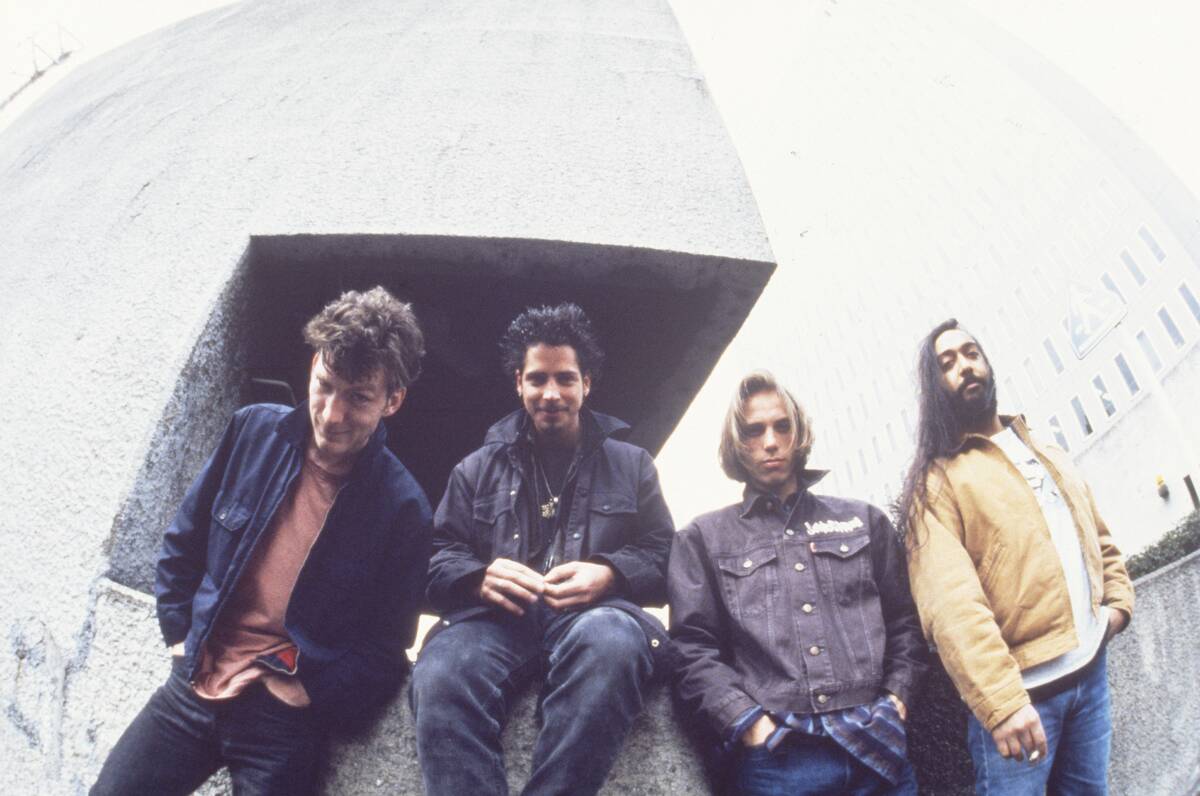
The grunge movement of the early ’90s was a dramatic departure from the polished looks of the previous decade. Originating from Seattle, grunge was all about embracing an unkempt yet effortlessly cool aesthetic.
Think oversized flannel shirts, ripped jeans, and thrift-store finds. Bands like Nirvana and Pearl Jam not only shaped the music scene but also influenced a generation’s fashion sense, proving that casual comfort could be stylishly subversive.
The Punk Rock Revolution: Safety Pins and Mohawks
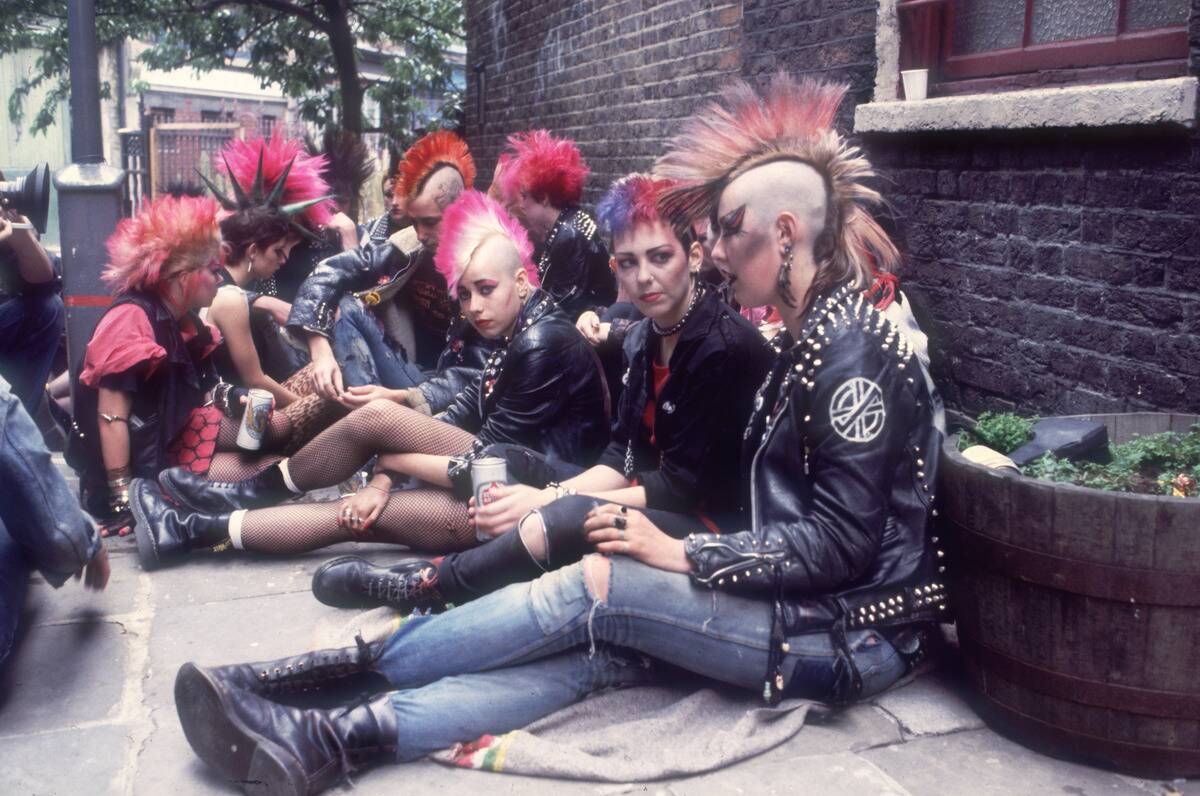
Punk rock burst onto the scene in the mid-1970s, a rebellious response to mainstream culture. It was characterized by DIY ethics, with fashion staples like safety pins, leather jackets, and mohawks.
The Sex Pistols and The Ramones were not just bands; they were style icons, inspiring fans to personalize their attire with studs and patches. Punk fashion was more than clothing—it was a statement of defiance and individuality.
Cyber Goth: A Dance of Neon and Industrial
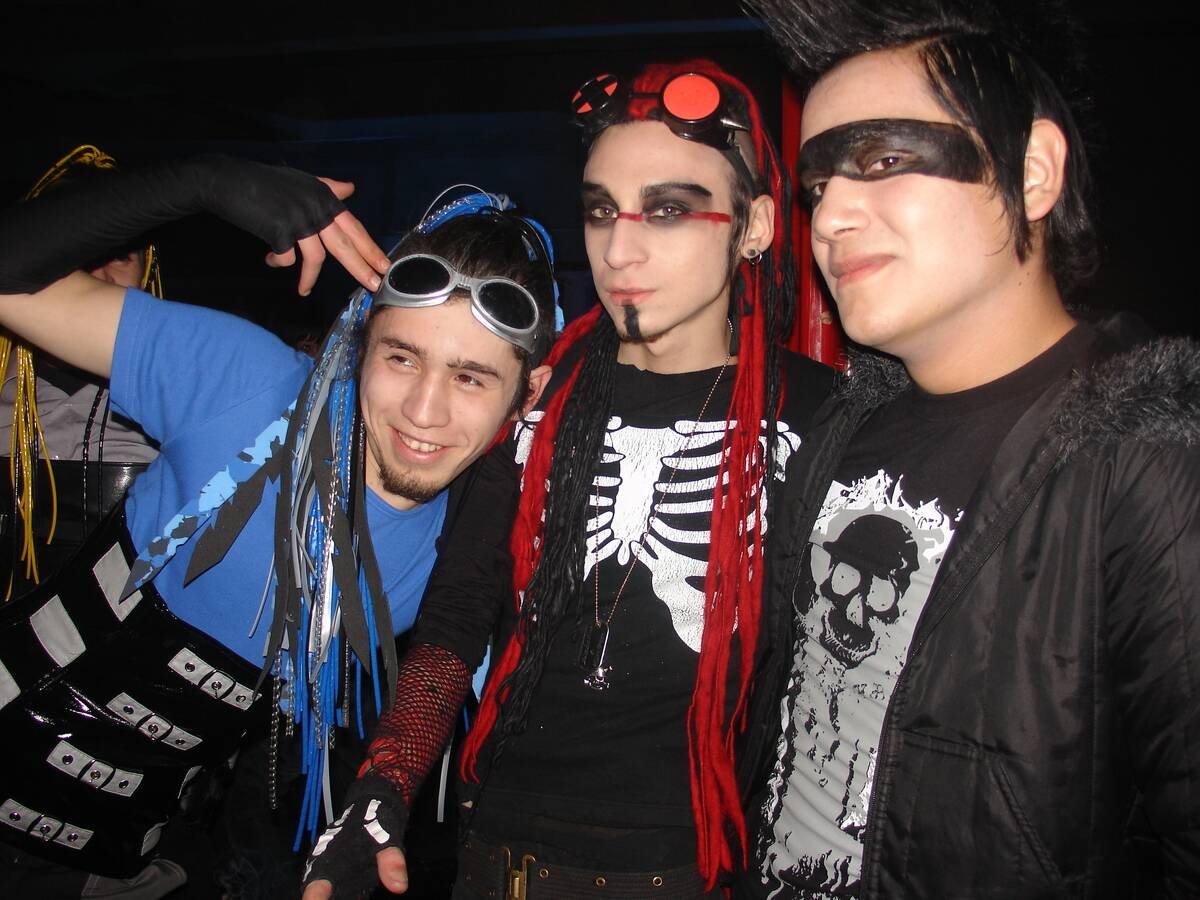
Cyber goth emerged in the late ’90s, blending goth aesthetics with futuristic and rave elements. This style features neon colors, PVC and latex materials, and industrial accessories.
It’s not uncommon to see cyber goths donning platform boots and vibrant hair extensions, dancing to electronic beats. The look is a striking juxtaposition of the dark and the bright, creating an otherworldly vibe that stands out in any crowd.
The Rise and Fall of New Romanticism
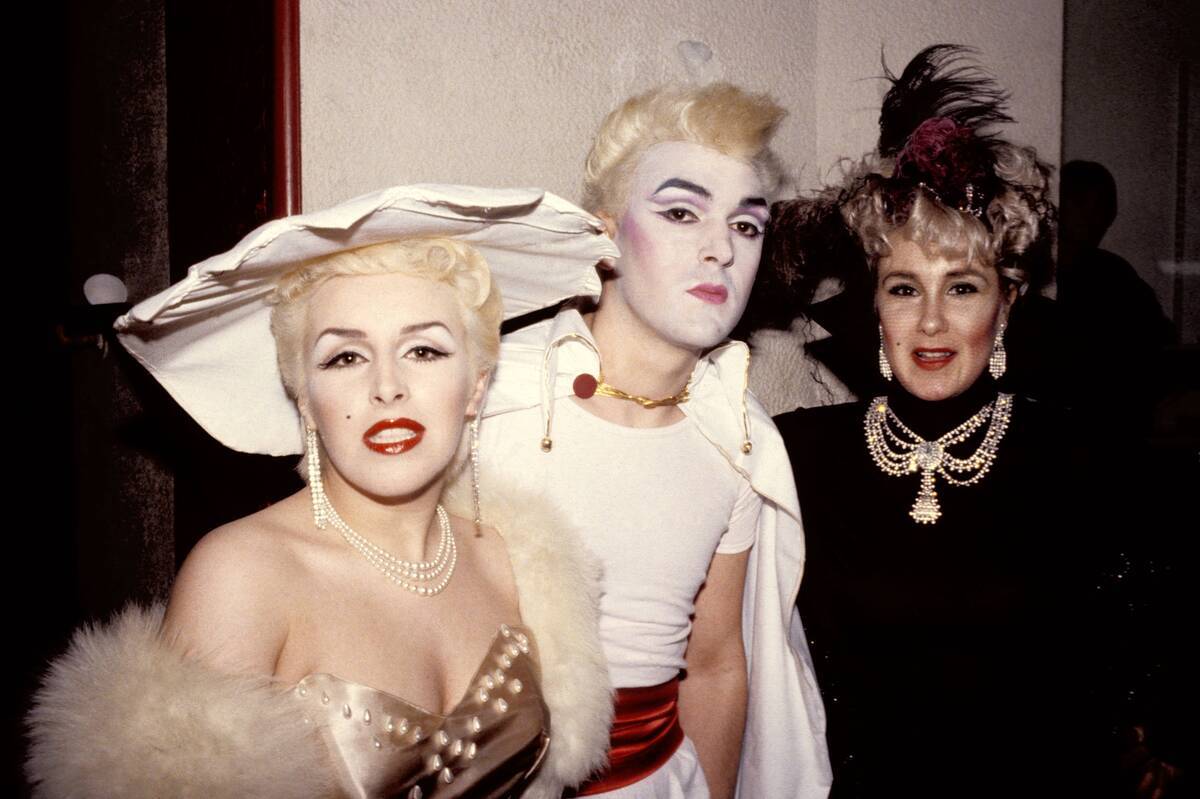
New Romanticism, a fashion movement of the early 1980s, embraced flamboyance and historical references. Think of draped fabrics, ruffled shirts, and an abundance of makeup for both men and women.
Influential bands like Spandau Ballet and Duran Duran brought this theatrical style to the forefront of pop culture. Although the movement was short-lived, its impact on fashion and music remains an indelible part of the ’80s cultural tapestry.
Scene Kids: Rainbows and Skinny Jeans

Scene kids emerged in the early 2000s, combining elements of emo and indie styles with vibrant colors. Signature looks included skinny jeans, band tees, and brightly dyed hair, often styled in dramatic cuts.
The fashion was as much about the music as it was about the style, with bands like My Chemical Romance and Fall Out Boy serving as fashion influences. Scene fashion was a celebration of individuality and a splash of color in a monochrome world.
Mod: The Sharp-Dressed Rebels of the ’60s
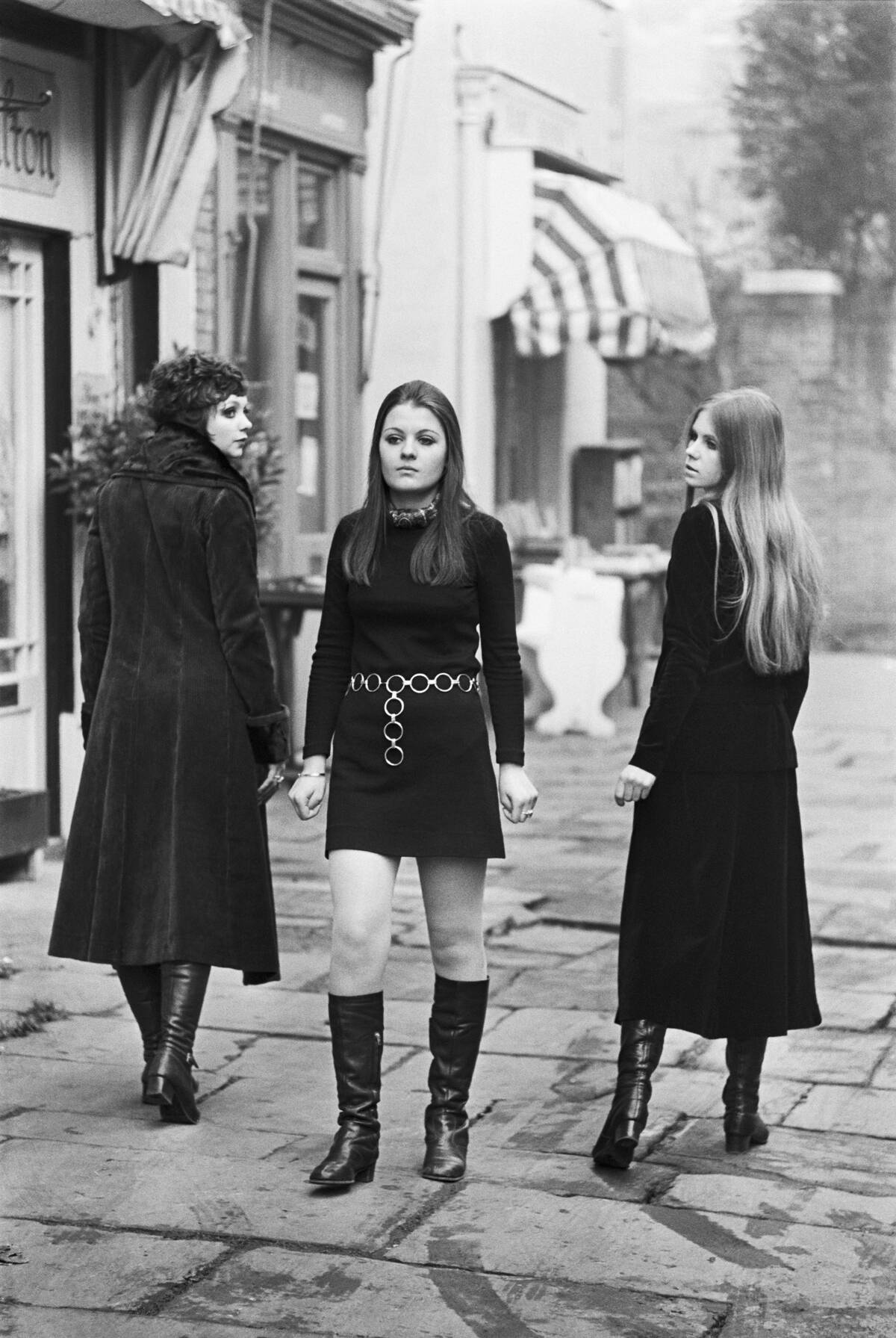
Mod style originated in late 1950s London, characterized by tailored suits, slim ties, and an affinity for scooters. It was a clean, sharp look, often complemented by parkas and Chelsea boots.
The Who and The Small Faces epitomized this fashion-forward subculture, promoting a sense of youthful rebellion and cool sophistication. The mod movement was not just about fashion but also a lifestyle of modernity and innovation.
The Bohemian Rhapsody of Hippie Chic
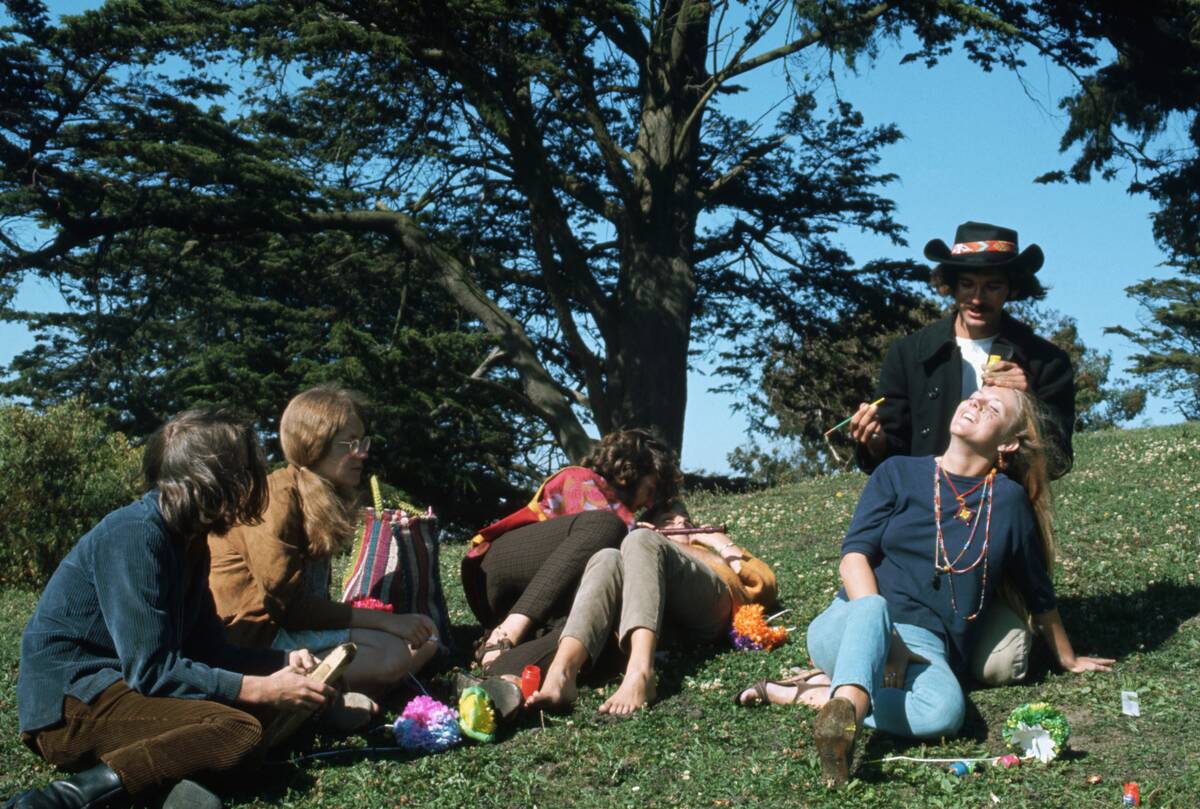
Hippie chic captured the free-spirited essence of the 1960s and ’70s, with flowing dresses, tie-dye patterns, and an abundance of fringe. This style was synonymous with the counterculture movement, promoting peace and love.
Natural fibers and handmade accessories were staples, and festivals like Woodstock became showcases for this laid-back, eclectic fashion. Hippie chic remains an enduring influence, inspiring modern bohemian trends.
Steampunk: Victorian Meets Futuristic Fantasy

Steampunk is a unique blend of Victorian fashion and speculative technology, often featuring corsets, goggles, and mechanical accessories. This subculture draws inspiration from the industrial revolution and sci-fi literature, creating a fantastical fusion of past and future.
Leather, brass, and vintage clockwork elements are common, resulting in a distinctive aesthetic that celebrates creativity and anachronism in equal measure.
Teddy Boys: Dapper Rebels with a Cause
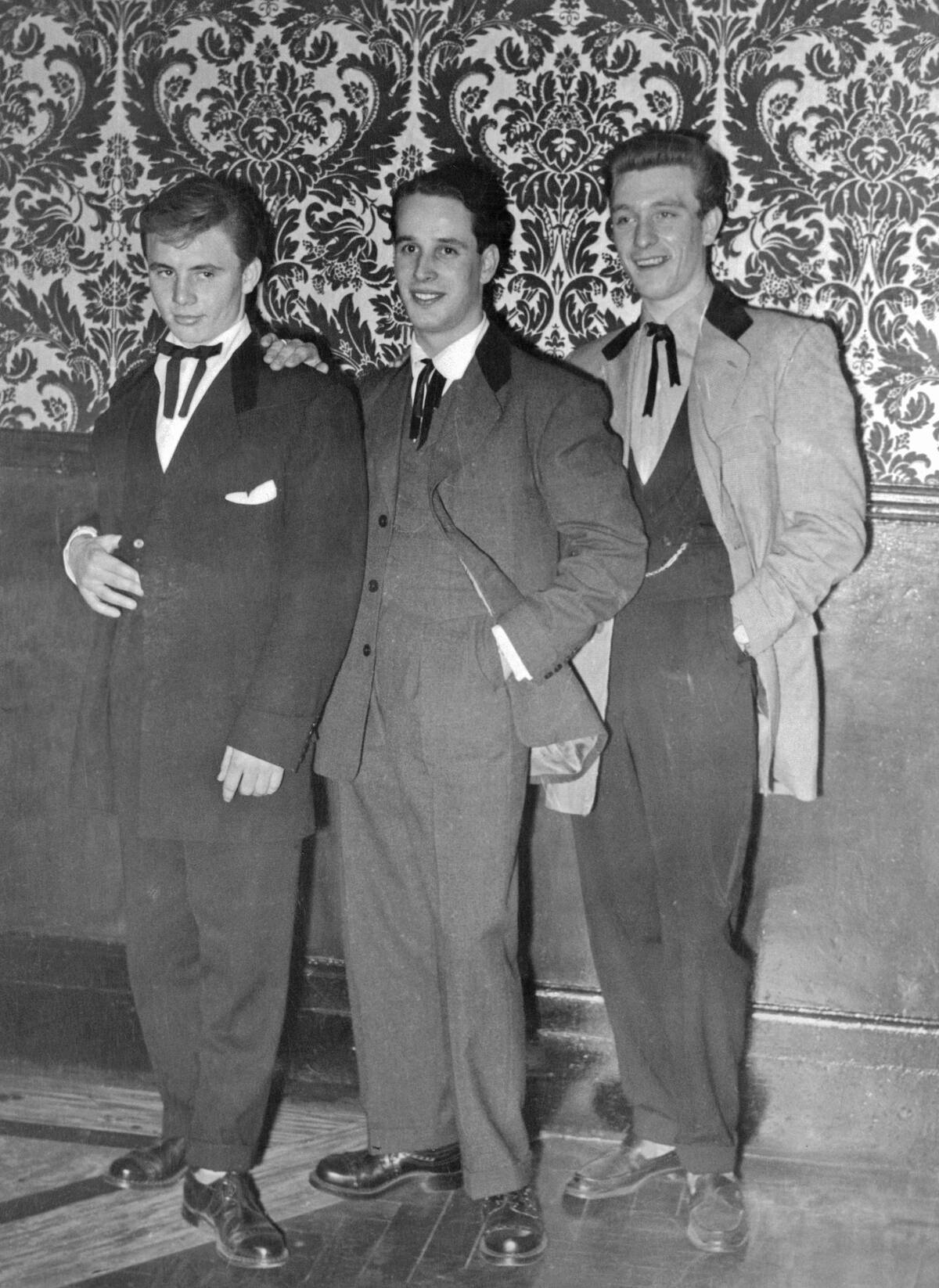
The Teddy Boy movement of the 1950s was one of the first true teenage subcultures, characterized by drape jackets, high-waisted trousers, and slicked-back hairstyles. Inspired by Edwardian fashion, Teddy Boys embraced a style that was both rebellious and refined.
This British phenomenon was closely linked to the rock ‘n’ roll scene, where the sharp suits and bold looks made as much of an impact as the music itself.
The Psychedelic Explosion of Acid House
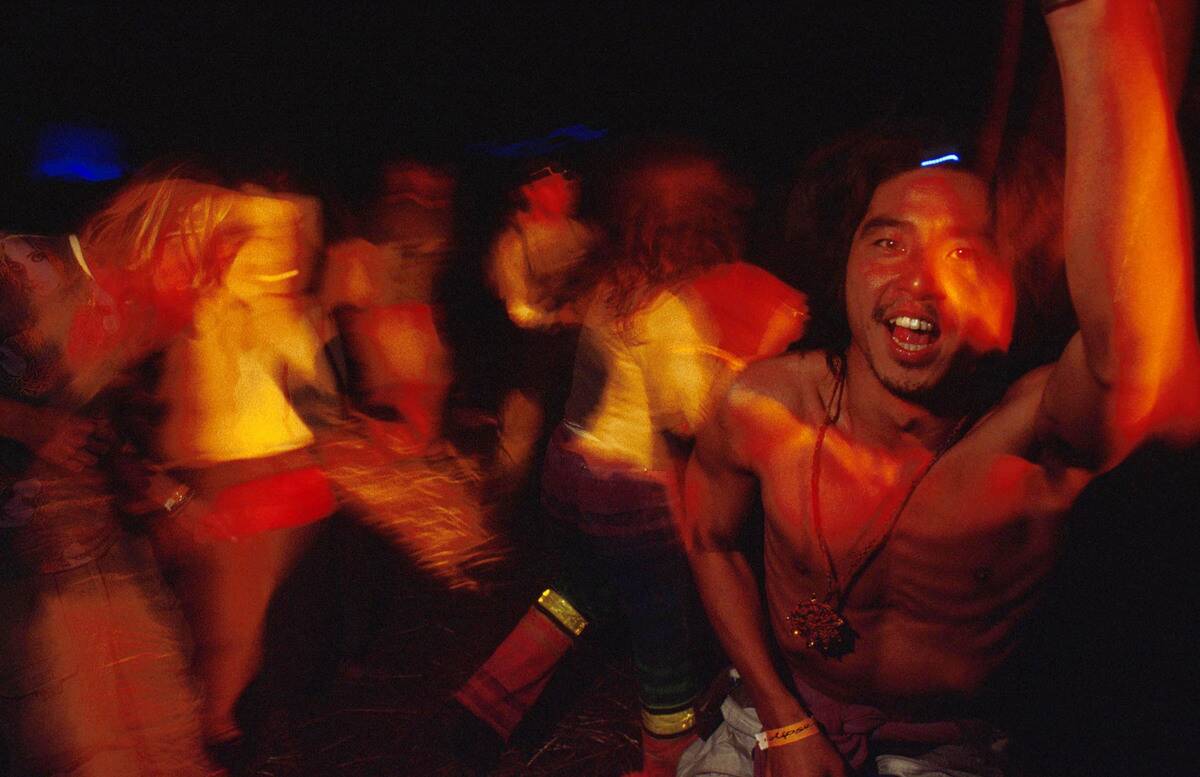
Acid house music and fashion took the late ’80s by storm, with its smiley face logos and day-glo colors. This subculture was born in the clubs of Chicago and quickly spread to the UK, characterized by hedonistic raves and a vibrant, carefree style.
Baggy clothing, bandanas, and bucket hats were typical, reflecting the music’s trippy, euphoric beats. Acid house was more than just a fashion statement; it was a cultural revolution.
Nu Rave: Glow Sticks and Shutter Shades
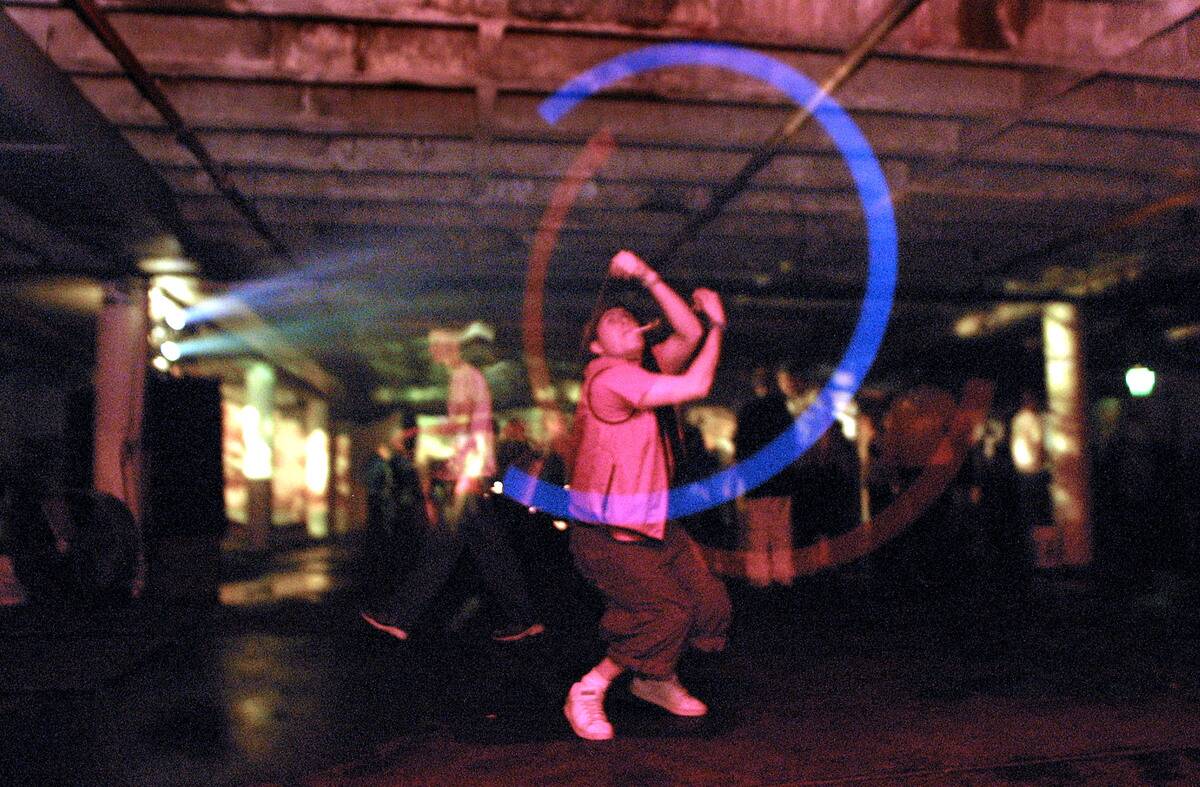
Nu rave was a brief but vivid revival of electronic dance music and fashion in the mid-2000s. Neon colors, glow sticks, and the iconic shutter shades became synonymous with this style, influenced by bands like Klaxons and CSS.
Nu rave was a sensory overload, combining retro elements with modern club culture. It was a celebration of fun and frivolity, where fashion was as much about being seen as it was about self-expression.
The Glam and Glitter of Glam Rock
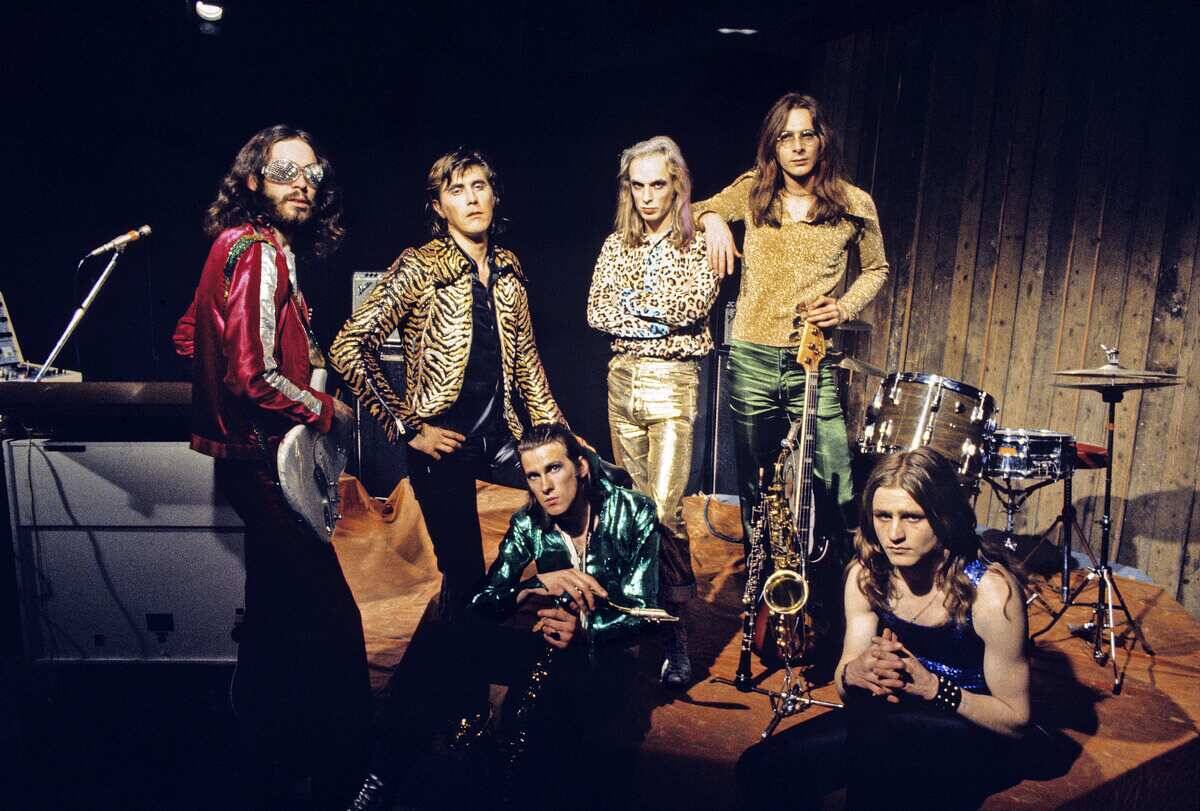
Glam rock in the early ’70s was a dazzling affair, characterized by flamboyant costumes, makeup, and platform boots. Artists like David Bowie and T. Rex defined this genre, where fashion was as theatrical as the music.
Glitter, metallic fabrics, and bold patterns were staples, creating a visual spectacle that challenged gender norms and embraced androgyny. Glam rock was a riot of color and creativity, leaving a lasting legacy on music and fashion.
The Enigmatic Allure of Goth Fashion

Goth fashion emerged in the late ’70s and ’80s, a dark and mysterious style characterized by black clothing, lace, and leather. Influenced by bands like The Cure and Siouxsie and the Banshees, goths embraced a romantic, melancholic aesthetic.
Accessories like chokers and silver jewelry added to the mystique, while dramatic makeup completed the look. Goth fashion continues to captivate, offering a timeless allure that’s both elegant and enigmatic.
Yuppies: Power Suits and Pastels
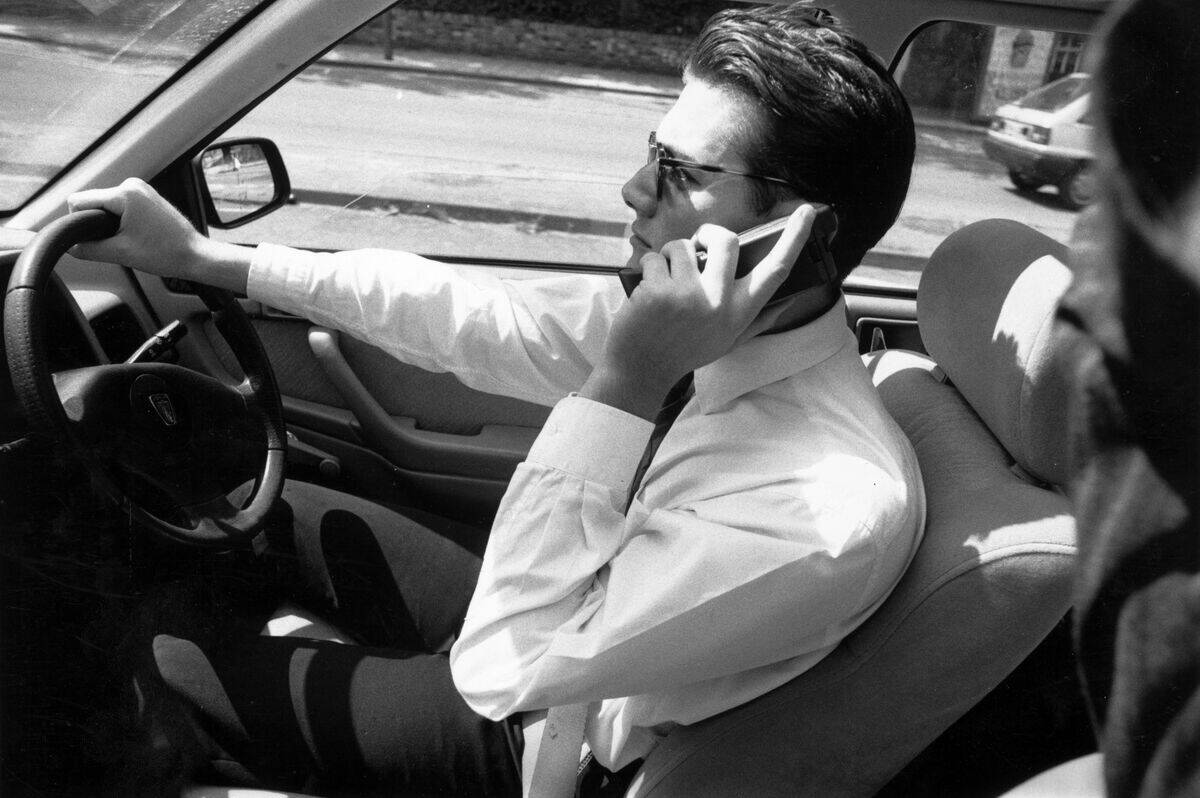
The yuppie culture of the 1980s epitomized success and ambition, with fashion to match. Power suits, often in pastel shades, became the uniform of young urban professionals. With influences from Wall Street and the corporate world, yuppies embraced a polished, preppy look.
Shoulder pads, designer labels, and luxury accessories were status symbols, reflecting the era’s materialistic values. Yuppie fashion was all about making a statement of wealth and influence.
The Western Biker Influence: Leather, Denim, and Attitude
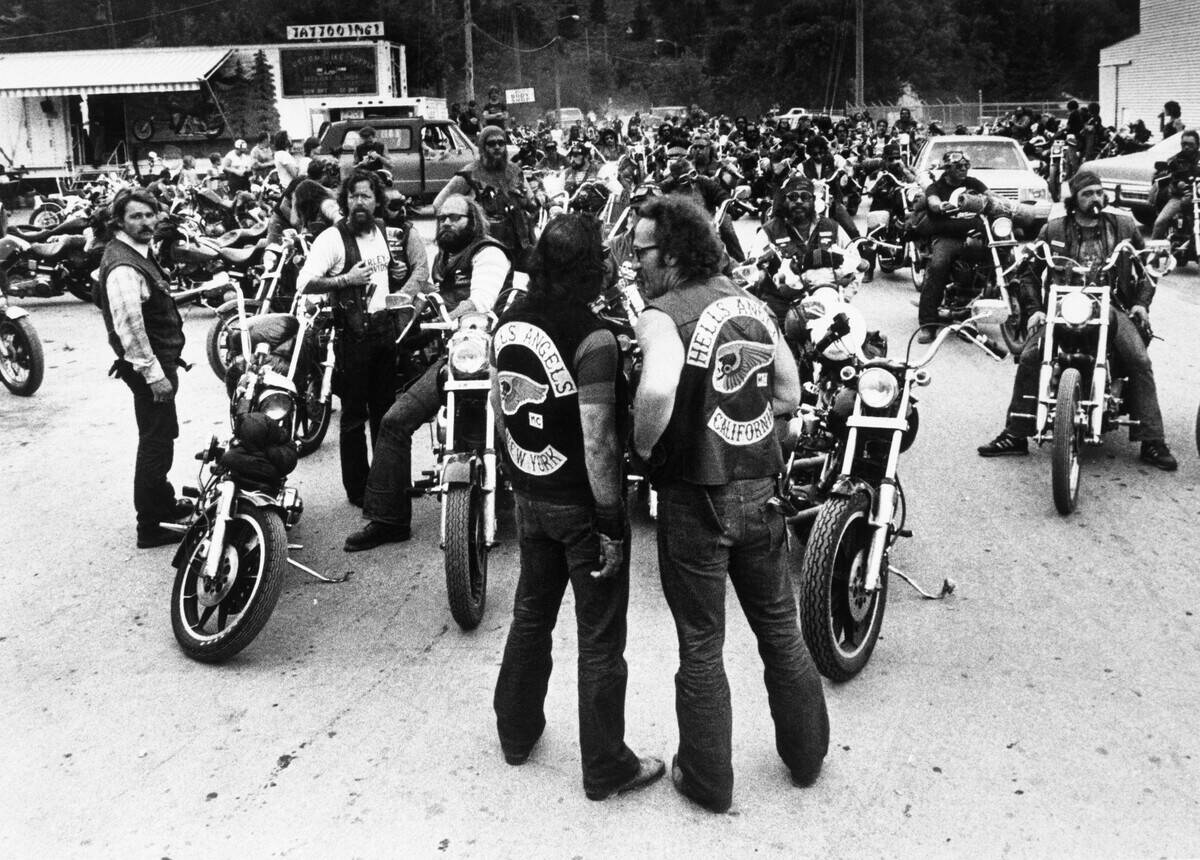
Western biker fashion is a rugged style that has endured for decades, rooted in the rebellious spirit of the open road. Leather jackets, denim jeans, and bandanas are essential elements, often accompanied by heavy boots and silver accessories.
This style was popularized by films like “Easy Rider,” embodying freedom and nonconformity. Biker fashion remains iconic, a symbol of adventure and the enduring appeal of the American frontier spirit.
Kawaii Culture: When Cute Became a Fashion Statement
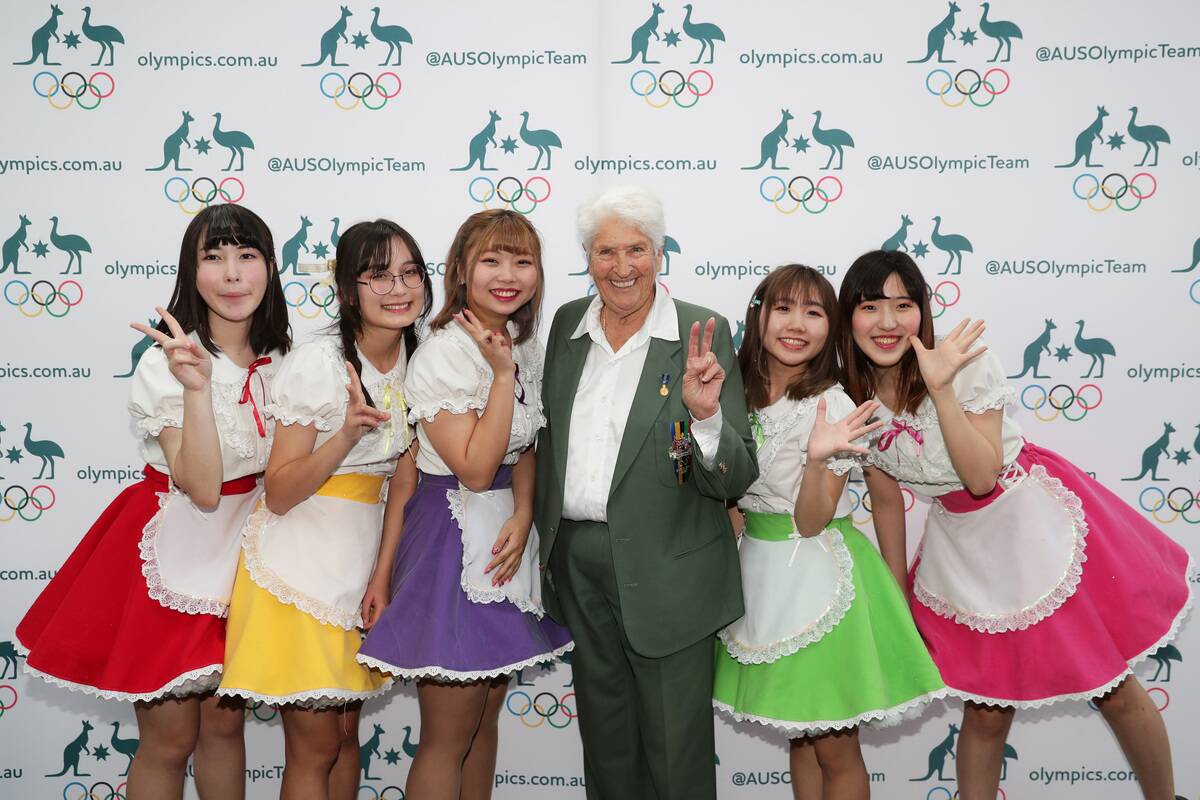
Kawaii, meaning “cute” in Japanese, is a cultural phenomenon that has influenced fashion worldwide. This style is characterized by pastel colors, adorable characters, and playful accessories.
Originating in Japan, kawaii culture embraces a childlike, whimsical aesthetic, often seen in fashion subcultures like Lolita and Harajuku. The influence of kawaii can be seen in everything from streetwear to high fashion, proving that cuteness is a powerful and enduring trend.



